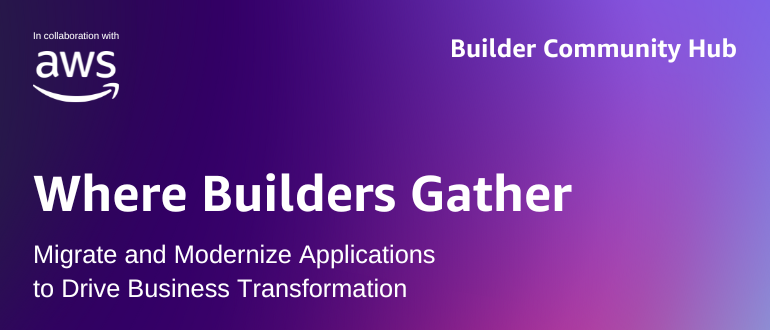
高等教育机构的云环境面临多种威胁,包括钓鱼攻击、凭证盗窃和配置错误。通过实施身份管理、加密技术、多因素认证及员工培训等措施,可有效提升数据安全性并应对日益复杂的网络威胁。 2025-6-10 08:39:47 Author: securityboulevard.com(查看原文) 阅读量:15 收藏
The cloud holds a wealth of sensitive information, making it a prime target for cybercriminals. While the financial and healthcare sectors receive the most attention, higher education institutions are just as vulnerable to breaches. Providers must go beyond baseline security standards to protect student, research and faculty information.
Securing Universities’ Cloud Computing Environments
While the cloud is generally more secure than on-premise deployments, it is not immune to vulnerabilities. Professionals face several security concerns when storing and managing information for higher education institutions.
An attacker can easily gain unauthorized access if even one university worker falls for a phishing campaign. Phishing was the most common cloud security incident in 2024; credential theft was also common and account compromise attacks reached 38% the same year.
The University’s Role in Managing Data Security
The end user’s role in managing sensitive data complicates cybersecurity. If university workers lack awareness, their actions could put student and faculty information, including social security numbers, home addresses, billing information, medical records and birth dates, at risk./
Even if users fully understand their responsibilities, cloud environments are still vulnerable to cyberattacks. One misconfigured setting could allow an attacker to bypass permissions or exploit a missing patch.
An overwhelming majority of cloud experts agree that data security is a challenge regardless of the data’s sensitivity level. A 2024 report revealed that 96% of experts felt ‘concerned’ about their ability to manage such threats. Of that group, 39% felt ‘very concerned’, saying they needed to mitigate risks daily.
Leveraging Measures to Secure Sensitive Cloud Data
Professionals can leverage access controls, encryption, compliance strategies and authentication measures to secure student records, intellectual property and research datasets.
Identity and Access Management
Robust identity and access management (IAM) gives colleges granular control over their digital environment. It tells them who users are and what their roles allow them to do, improving monitoring and logging. If a cybersecurity incident occurs, it can be traced back to the source, reducing human error and mitigating insider threats.
Encryption Protocols
While the information security market is growing, few people take it as seriously as they should. Just 13% of the global population secured their data in 2023. It is up to universities to enable a system’s existing security protections or create their own.
Cloud storage only encrypts plaintext on the server side. Moreover, a lack of end-to-end encryption means the provider can use their decryption key anytime. These flaws expand the attack surface and introduce vulnerabilities, making a successful breach more likely. An end-to-end solution is key.
Authentication Measures
Biometrics and multi-factor authentication block credential stuffing and brute force attacks, preventing unauthorized access. It also gives higher education institutions a way to trace suspicious activity to potential insider threats.
Regulatory Compliance Strategies
Meeting the minimum regulatory requirements invites risk — minimum effort results in minimal improvements. Providers should go beyond this threshold and implement robust cybersecurity measures. In addition to simplifying compliance management, this approach will help them stay ahead of the ever-evolving threat landscape.
How Cloud Professionals Can Mitigate Data Breaches
Unauthorized access can go unnoticed for months at a time. In 2024, detecting a single breach took around 194 days on average. This figure does not include remediation. Robust incident response plans are crucial for stopping attacks.
Proactive intervention is also essential. Cybersecurity audits can find gaps, keeping decision-makers informed about risk priorities. Once they determine the attack surface and analyze threats, they can develop mitigation strategies to close loopholes.
Mitigating client-side threats is more complex but still doable. Information technology specialists should provide training modules for new customers and easily digestible videos about the latest cyber threats for new and existing users. This keeps everyone informed, reducing the risk of a breach.
Ensuring Data Integrity and Confidentiality in the Cloud
Information assets become vulnerable to some degree whenever someone digitizes them. Managing regulatory compliance and data security in an ever-evolving threat landscape can be challenging. However, providers can secure their environments by following best practices and keeping their customers informed.
Recent Articles By Author
如有侵权请联系:admin#unsafe.sh

